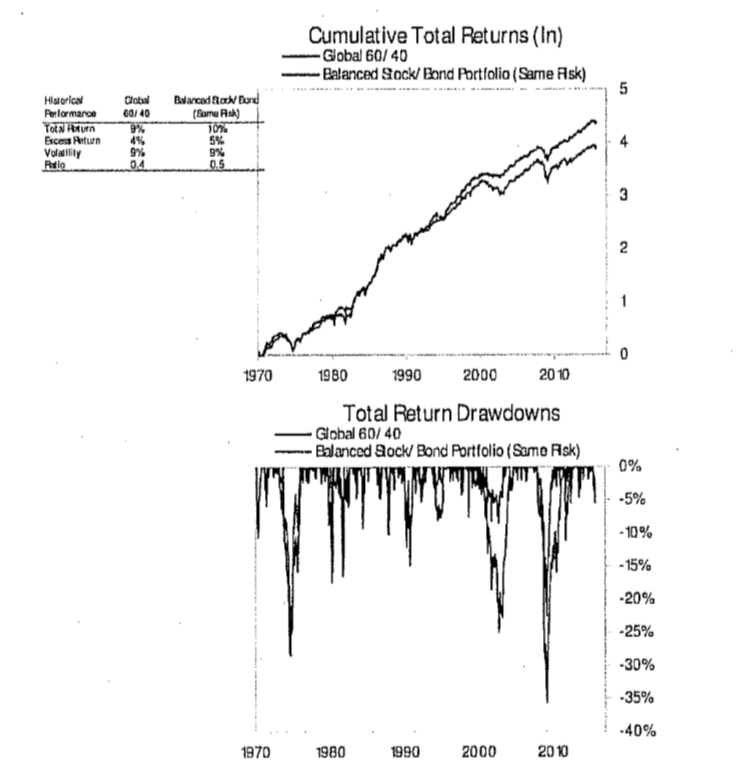In Bridgewater Associates’ second research note on risk parity in the month of September alone, Ray Dalio and his crew felt the need to explain the concept once again following a 4.2 percent August loss using the strategy, which also fell in July. While other banks have explained the strategy, most clearly done by Credit Suisse and most notably done by JPMorgan, the Bridgewater research note attempts to clarify the firm’s unique implementation of risk parity, according to a memo reviewed by ValueWalk.

As the Fed fails to hike, central bank policy appears as one catalyst to negative performance
As the U.S. Federal Reserve today takes the bold move to keep interest rates unchanged, announced in a statement today at its September meeting, risk management strategies going forward are likely to move closer to center stage. Top noncorrelated Hedge Funds are anticipated to provide positive or at least relatively neutral performance during significant market downturns, as evidenced by hedge funds such as Balyasny Asset Management’s relative value strategy being relative flat and Conquest Capital, whose algorithmic strategy alternates allocations to one of four primarily managed futures strategies was up 17.81 percent in August. It is during negative stock market environments that a noncorrelated fund displays its unique value.
Experiencing unexpected negative performance is an inevitable fact of life and has happened to all great hedge funds. Understanding why a noncorrelated fund missed meeting performance expectations, when neutral or negative correlation to the stock market matters most, is an obvious question on the top of institutional minds. This is where Bridgewater’s second piece explaining risk parity comes into play. In many respects the full strategy note mentions central bank policy more than any single economic factor contributing to the negative market environment, yet a clear understanding of the portfolio balancing mechanics remains less clear.









Leave A Comment